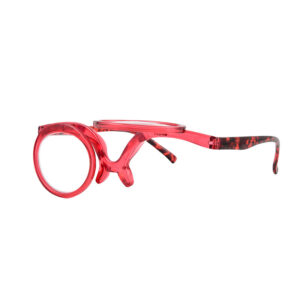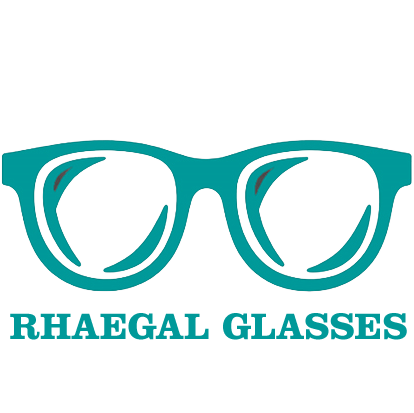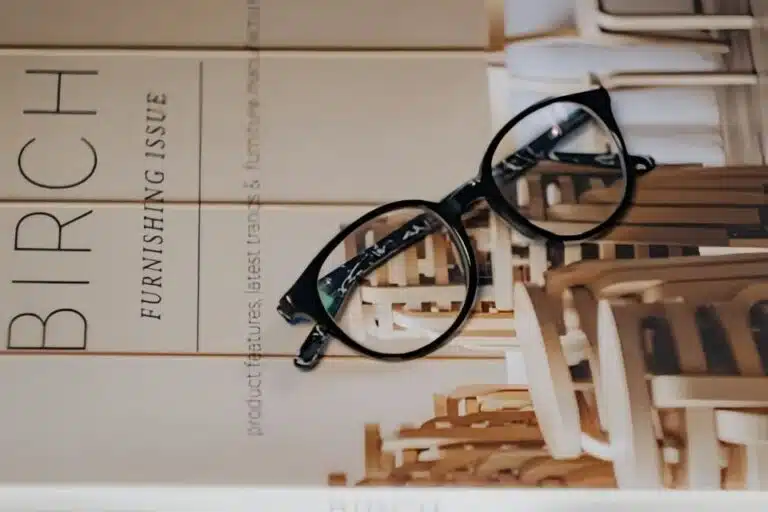
Những điều tuyệt vời trong kinh doanh không bao giờ được thực hiện bởi một người. Chúng được thực hiện bởi một nhóm người. Chúng tôi có nhóm người năng động đó

Customized PU Leather Glasses Case Factory
Trang chủ WhatsApp Email Kính mắt, Kính đọc sách Nhà máy sản xuất kính đọc sách chống ánh sáng xanh, Kính đọc sách chống ánh sáng xanh Trung Quốc, Kính đọc sách Trung Quốc

Wholesale Kids Glasses Case with Strap
Home WhatsApp Email Blue Light Glasses, Eyeglasses Customized Unisex Eyeglasses Frames, Unisex Eyeglasses Frames wholesale, Wholesale Eyeglasses Frames The Problem:

Wholesale Durable Ray Ban Sunglass Case Factory
Trang chủ WhatsApp Email Kính lọc ánh sáng xanh, Kính chặn ánh sáng xanh cho máy tính, Kính chặn ánh sáng xanh cho máy tính, Kính chặn ánh sáng xanh tùy chỉnh












